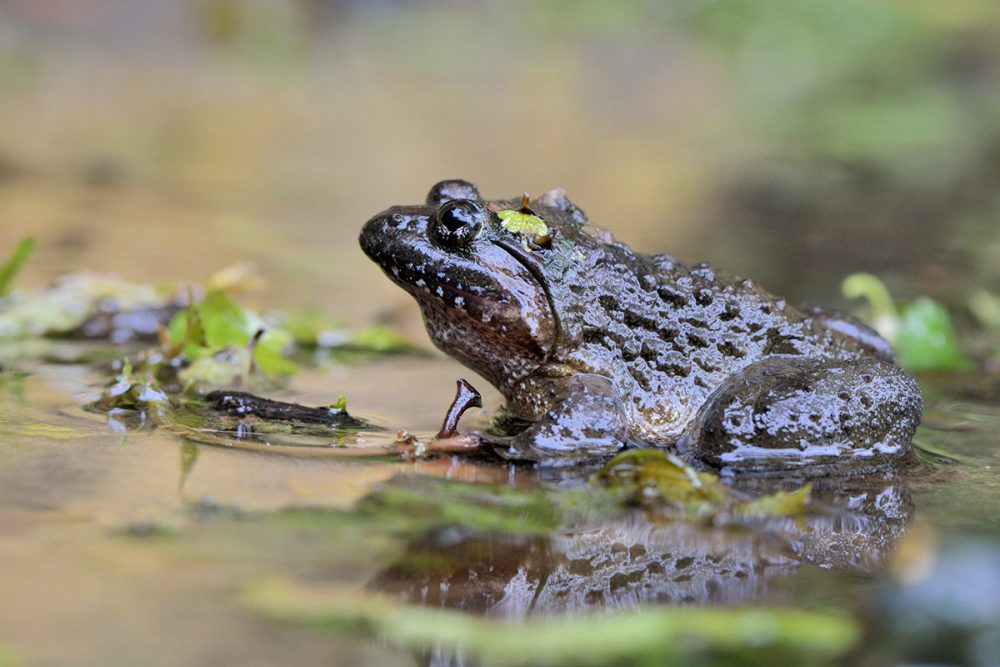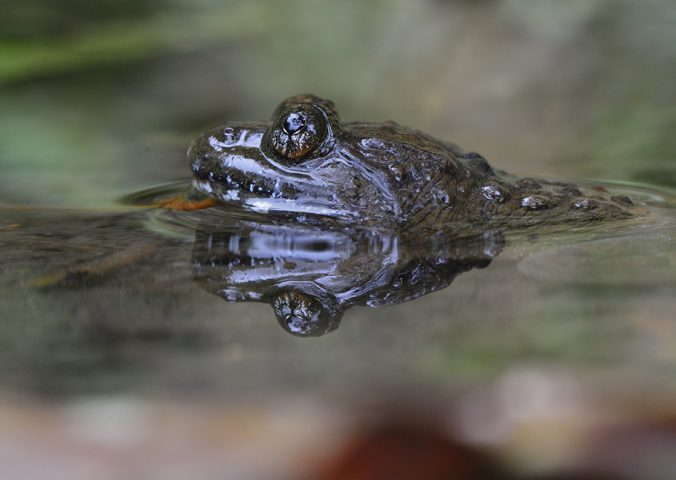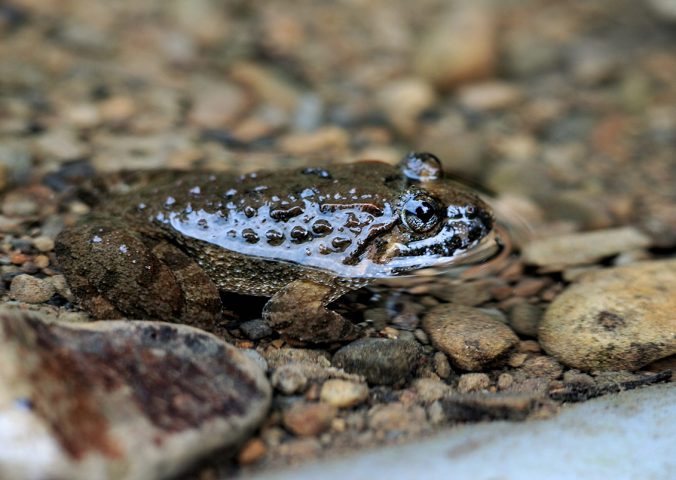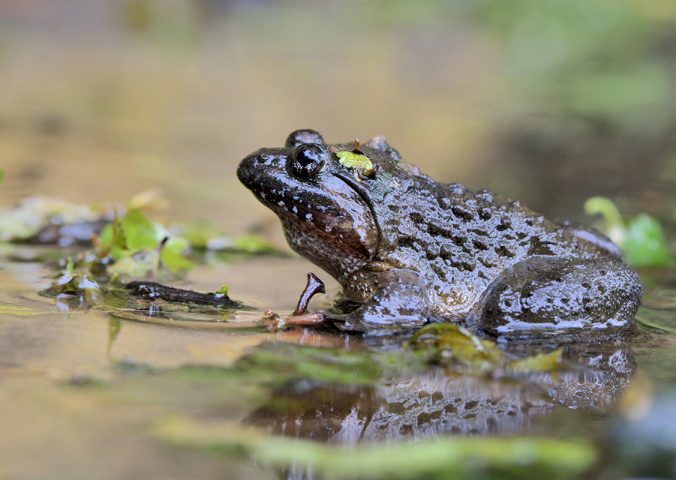About
The Fujian frog is one of only five species in its genus, Glandirana, and is endemic to the eastern parts of the Fujian province, China.
Frogs of the genus Glandirana are part of the family Ranidae, which contains more than 380 species. However, this genus diverged from all other frogs more than 30 million years ago. In evolutionary terms, we are more closely related to baboons than these frogs are to all other amphibians!
The Fujian frog is listed as Critically Endangered by the IUCN Red List as it exists in an area less than 10 km² and the population is in decline. The distribution of the species is severely fragmented, and the remaining habitat is declining in both extent and quality. This is predominantly due to infrastructure development, agricultural intensification, and water pollution. The frog is not currently known from any protected areas and there are no current conservation actions. It is suggested that habitat protection is urgently needed.
- Order: Anura
- Family: Ranidae
- Population: Very rare
- Trend: decreasing
- Size: 27-29mm
EDGE Score
Distribution
This species is known only from eastern Fujian province, China. It has been recorded from 110-550m above sea level
Habitat and Ecology
This species inhabits pools, marshes and grassy banks along small streams, but also occurs in the grassy edges of paddy fields. It breeds in still-water habitats.



